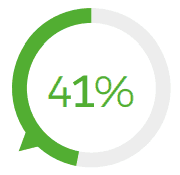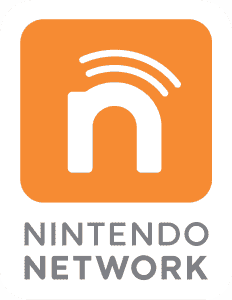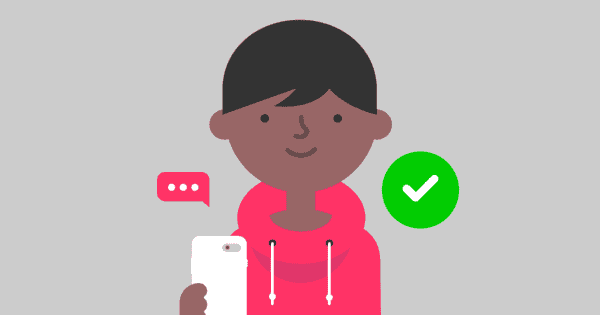 Xbox Live
Xbox Live
Microsoft’s online service for its consoles is called Xbox Live and when you’re signed into the service you can chat to other Xbox Live members and befriend them.
Party Chat rooms can be created between players either before or during a game, so players can discuss the action over a voice connection. Players who have accepted each other as friends can also send each other messages.
However, for Xbox One and Xbox 360 games consoles you set up an Xbox Live profile when the console is first powered up and the details entered determine which default options are available. A child’s age, for example, will automatically restrict and block them from certain actions, such as accepting friend requests.
This is determined by the date of birth entered when setting up the console. You can choose whether to accept friend requests and vet those trying to contact your child.
Teenagers do have the ability to chat online and accept their own friend requests, but you can also block that access by changing the privacy settings of both consoles.






 Steam
Steam



 Xbox Live
Xbox Live


